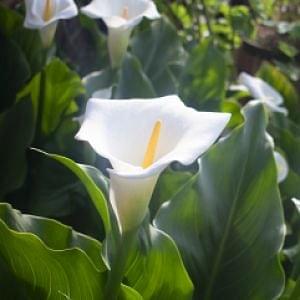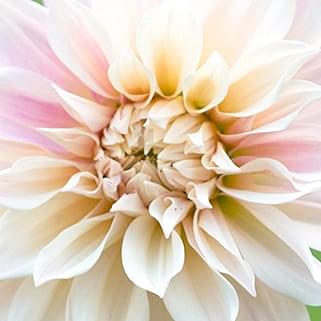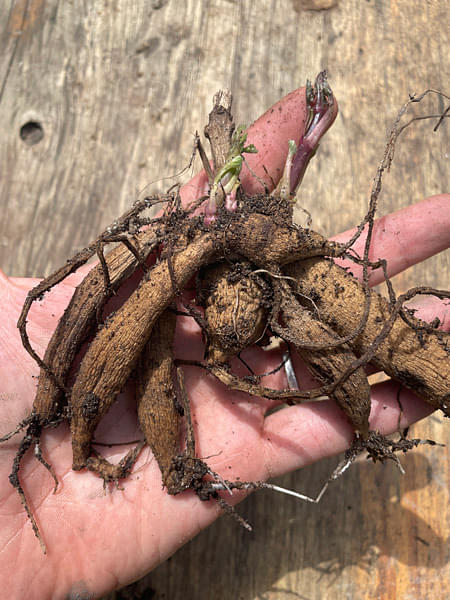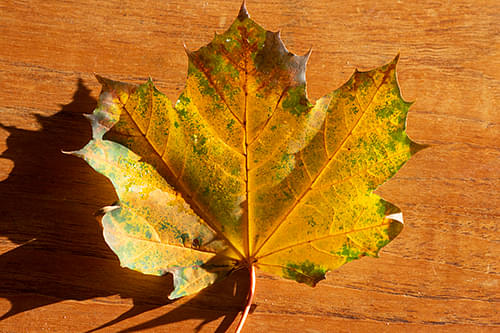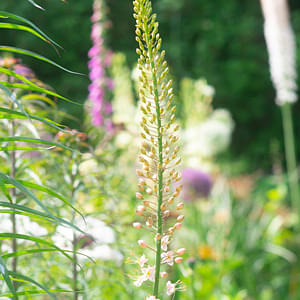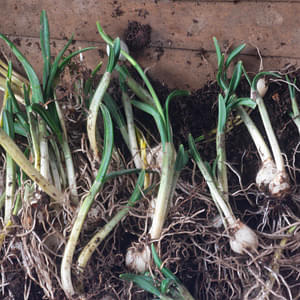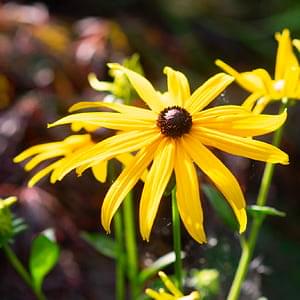How to plant zantedeschias (calla lilies)
- How to plant Bulbs - Autumn planting bulbs
- 11 Feb 2020
-
27views
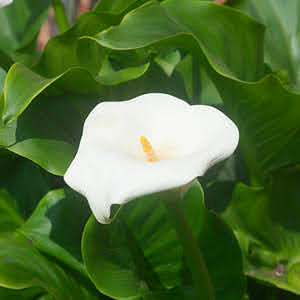
Commonly known as calla lilies or arum lilies, zantedeschias are exotic, elegant plants native to South Africa bearing beautiful waxy spathes held above lush long green leaves with fluted edges. Providing years of colour to the garden, these robust beauties will thrive planted in a moist border or container — they can also be grown as marginal aquatics. Depending on the area, their foliage can be semi-evergreen to evergreen. Try planting in bold clumps or mix with a selection of irises siberica, lythrums or primulas. They make long-lasting cut flowers.
Plant just below the surface in fertile, humus-rich, moist, well-drained soil in partial shade or full sun — make sure to use aquatic compost if planting as marginal plants and John Innes Compost №2 if planting in pots. Feed every couple of weeks with high potash feed; if you garden organically, liquid seaweed is ideal as it is organic and comes from a sustainable source. In late autumn, provide a good mulch of organic matter around the base. In winter, give protection to the crown using straw or a deep mulch of bark chippings and cut away any frost-damaged leaves.
Always unpack on arrival and store in a cool place until ready to plant. Take care! Zantedeschias are toxic and can be harmful to cats and dogs. Always wear gloves when handling them.
Potential problems, pests and diseases:
- Aphids: these sap-eating insects can weaken plants and spread viruses. Whenever possible, pick off by hand using gloves.
- Thrips: these sap-eating insects like to feed on leaf and flower tissues. Leaves and petals become mottled with white/discoloured spots and heavy attacks may cause buds to fail to open. Cut back and destroy any affected foliage and consider purchasing organic sprays to help control the attack. Thrips thrive in dry, hot weather and can spread viruses! Keep plants regularly watered and dispose of any deceased plant material and debris ahead of the growing season to prevent any risks of infestation.
- Bacterial/fungal calla lily rots: these soil-borne diseases promoted by wet, heavy soils can generally be spotted when foliage starts to yellow and plants begin to wilt and stunt. Dig out and destroy any affected bulbs/corms/tubers before disinfecting your tools.
- Viruses: viruses can cause a number of problems ranging from the appearance of deformed leaves and flowers to colour patterns and streaking. It is advisable to lift and destroy any affected plant at first sight.




